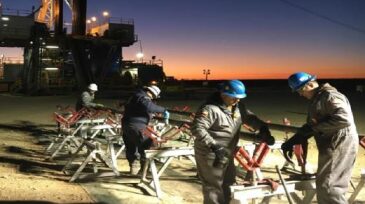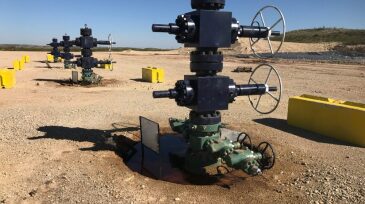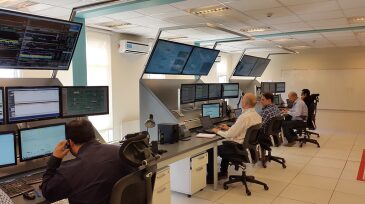shale
-
“The Ohio Health Registry is really an attempt to collect the contacts of people who live close enough to any aspect of shale development that they might be affected,” said Deborah Cowden, a family physician who started the effort.
-
The Unconventional Resources Technology Conference is like visiting an oilfield theme park for engineers and geoscientists. This year those traveling to the conference for a glimpse of what is possible in exploration and production will also focus on ways to improve short-term profitability.
-
The new milestone was reached less than a year after the country surpassed 11 million B/D last summer, and is driven by activity in the Permian Basin and new fields in the Gulf of Mexico.
-
Devon Energy and its debt gets smaller, as Canadian Natural Resources adds to its huge, long-term bet on Canadian heavy and ultra-heavy crude.
-
A growing sector of water midstream companies is in the Permian Basin looking to take advantage of a business opportunity borne out of rising produced water volumes. Billion-dollar valuations for these companies in the near future could become a reality.
-
Three papers selected from 2018 SPE ATCE look at the challenges and approaches to the treatment of increasing volumes of produced water.
-
Sourcing water for hydraulic fracturing, and disposing of produced water, are constraints and significant cost items in the Permian Basin. Some of the produced water can be treated and reused by using a water life cycle approach..
-
A new report expects US producers to drill their highest number of wells since 2014, and that completion activity may exceed drilling for the first time since 2016.
-
An oil and gas startup has attracted the business with a major operator thanks to its ability to forecast whether production-enhancing chemicals will work as advertised.
-
Fast-declining, older, unconventional oil wells require artificial lift experts to deal with and explore a population of miles-long horizontal wells that do not follow the established rules of thumb.










